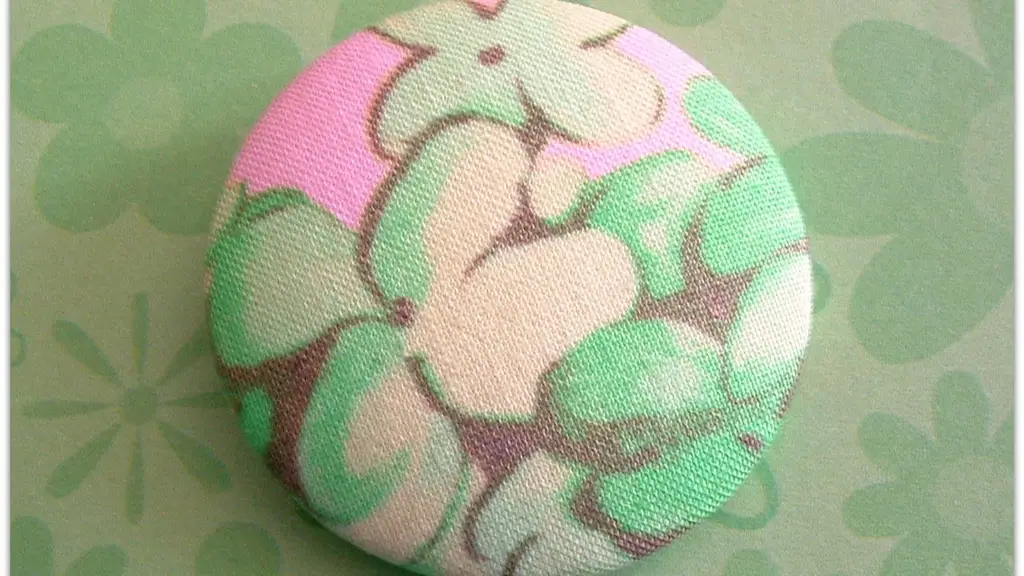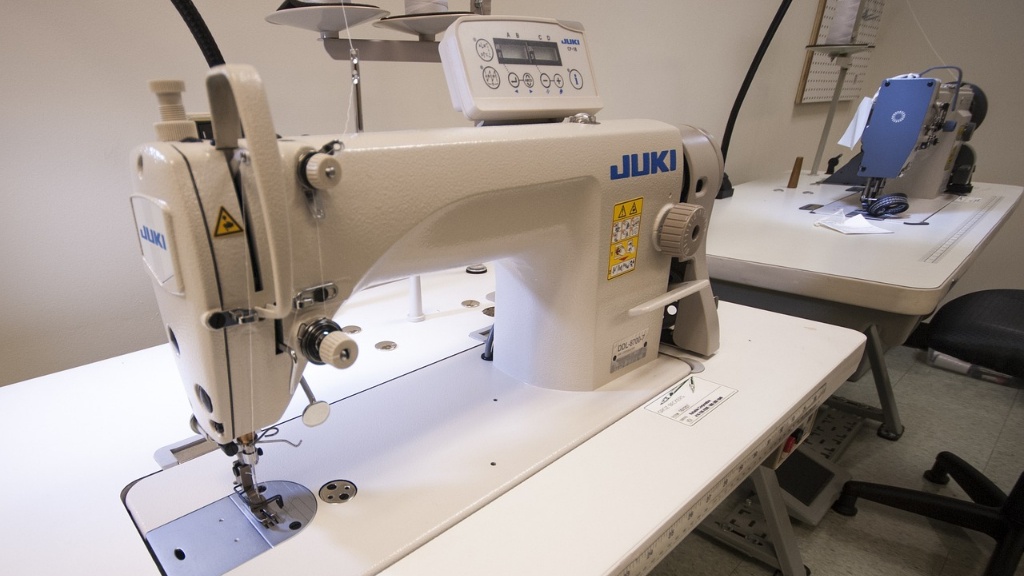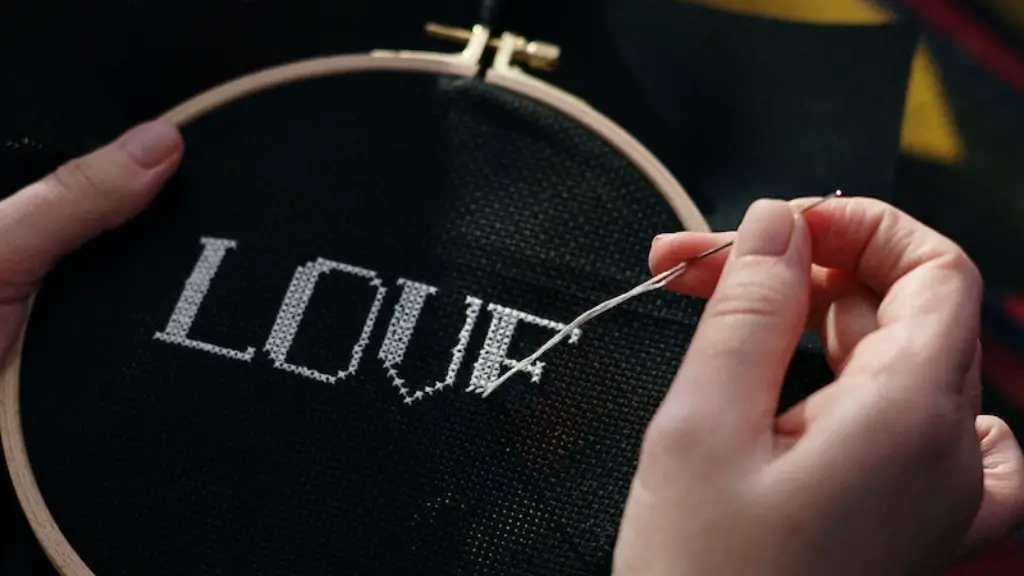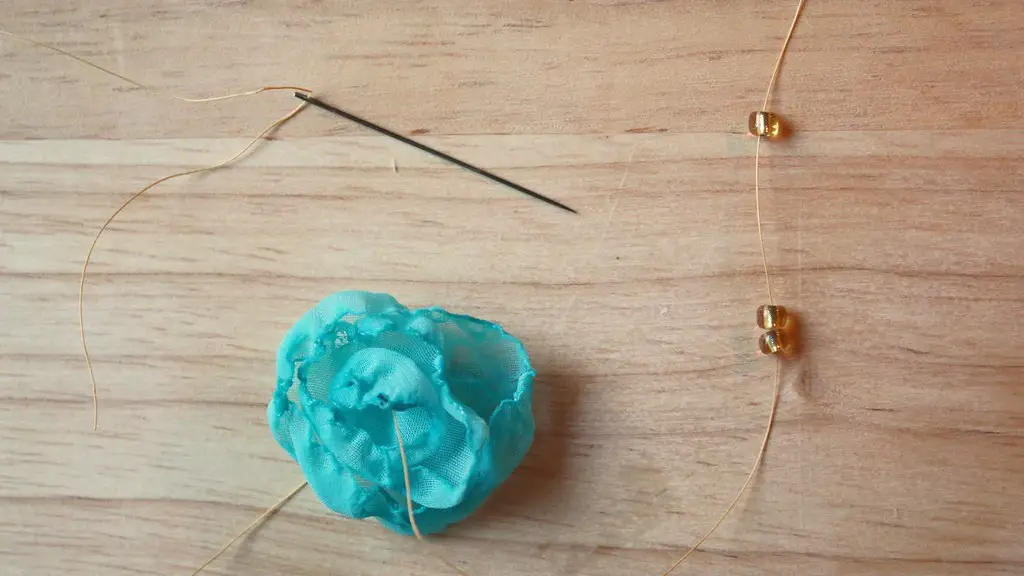Husqvarna Sewing Machine – Common Issues
A Husqvarna sewing machine is a great tool to have around the home when sewing. For the most part it runs smoothly, however occasionally there can be issues. The most common issues that arise with Husqvarna sewing machines include thread entanglement and loose/unplugged wires. Fortunately, these issues can often be fixed quickly and easily. This article will offer tips on how to repair a Husqvarna sewing machine.
Checking the Thread
The first thing you should do when your Husqvarna sewing machine isn’t running properly is to check the thread. Make sure the bobbin thread is pulled up through the throat plate and is securely fastened around the upper tension disk. Next, make sure the needle thread is pulling up the bobbin thread. If these two threads are properly secured it will usually solve the problem. If the thread is still tangled or knotting up, it may be best to rethread the machine.
Re-threading the Machine
When re-threading the machine, it is important to follow the manufacturer’s instructions. Begin by unthreading the top thread and the bobbin thread. Next, use a small brush or vacuum cleaner attachment to clean any lint from the tension disks, bobbin case and throat plate. Once the machine is clean, thread the needle and bobbin thread as instructed and check for proper tension.
Check Wires and Connectors
If the thread entanglement and thread tension issues have been fixed and the Husqvarna sewing machine is still not running, it may be time to check the wires and connectors. Inspect the wires and connectors to make sure none are loose or unplugged. If any are, securely plug them back in and ensure they are properly attached. Also check the power supply cord and the light bulb, and make sure they are firmly secured and not damaged.
Lubricating the Machine
Another important step in repairing a Husqvarna sewing machine is to lubricate the machine. This will ensure that all the moving parts are running smoothly and reduce any wear and tear. Use a lightweight oil such as 3-in-1 oil and apply it to all the moving parts. Move the parts back and forth several times to make sure the oil is evenly distributed. This should be done every few months to ensure the Husqvarna sewing machine runs smoothly.
Cleaning the Machine
It is also important to clean the Husqvarna sewing machine regularly. To do this, first turn off the machine and unplug it from the wall. Use a soft brush or vacuum cleaner attachment to remove any lint and debris that have accumulated on the machine. Be sure to also vacuum out the bobbin area and clean the needles. All these steps should be done at least once a month to ensure maximum efficiency.
Replacing the Needle
Replacing the needle is an important part of keeping your Husqvarna sewing machine in good working order. Over time, needles can become dull and easily break. Additionally, hand stitching needles may cause skipped stitches or thread entanglement. To avoid these issues, it is best to replace the needle regularly with a new one. For best results, use a needle that is compatible with the Husqvarna sewing machine being used.
Re-configuring the Stitch
If the stitches are not as neat as they used to be, or if the tension appears off, it may be necessary to re-configure the stitch. To do this, consult the user manual and refer to the diagram of the stitch patterns. Adjust the stitch width and length according to the diagram. Once the stitches are configured properly, use a stitch length and width tester to make sure they are correct.
Adjusting the Tension
Finally, if the stitch tension seems off, it may be necessary to adjust the tension. On the Husqvarna sewing machine, there should be a tension knob on the upper-left side of the bed. Turn the knob counter-clockwise to loosen the tension and clockwise to tighten it. Be sure to check the tension after each adjustment to make sure it is correct.
Troubleshoot the Machine
If none of the above steps fix the issue with the Husqvarna sewing machine, it may be time to troubleshoot the machine. Begin by consulting the user manual, or searching through the manufacturer’s website for instructions on how to troubleshoot the machine. Troubleshooting tips should be found in these sources. If the issue still persists, it may be necessary to contact the manufacturer or bring the machine to a professional for repair.
Regular Maintenance is Important
To ensure the longevity and efficiency of a Husqvarna sewing machine, regular maintenance is important. Remove any thread entanglements, keep the moving parts clean and oiled, replace needles and adjust the tension when necessary. Additionally, be sure to always consult the user manual for additional maintenance steps and instructions. With proper maintenance, a Husqvarna sewing machine will last for many years and provide excellent results for every project.
Do-it-Yourself Upgrades
For experienced Husqvarna sewing machine users, there are several do-it-yourself upgrades to customize the machine and make it even better. For example, some users choose to install a speed control that allows them to control the machine’s speed. Also, adding a light to the side of the machine can make it easier to see the fabric while sewing. Other upgrades include attaching extra feet, replacing the motor and adding extra bobbins.
Choosing the Right Parts and Needles
When repairing a Husqvarna sewing machine, or making upgrades, it is important to use the right parts and needles. Be sure to only buy replacement parts that are compatible with the Husqvarna machine being used. Additionally, it is best to use the highest quality needles for each project in order to avoid broken needles, skipped stitches and thread entanglement.
Keeping It Simple
Generally speaking, repairing and maintaining a Husqvarna sewing machine is not complicated and doesn’t require special equipment or skills. With the tips outlined in this article, anyone should be able to repair a Husqvarna sewing machine quickly and easily. The most important step is to follow the user manual and keep everything clean and well oiled.



